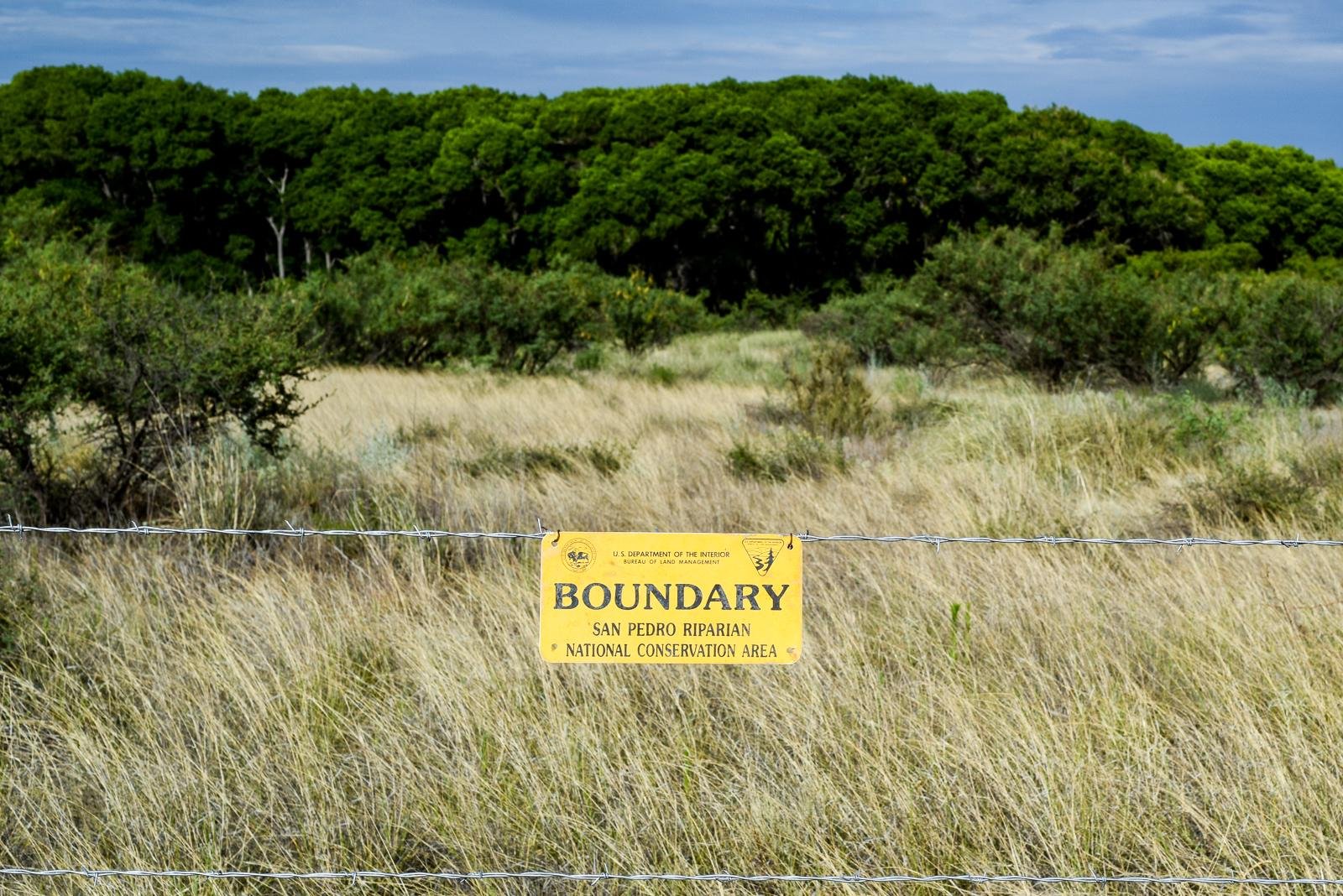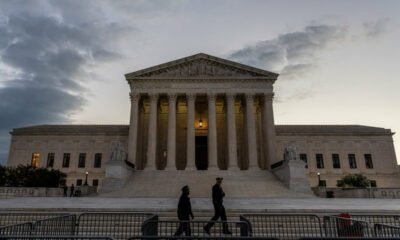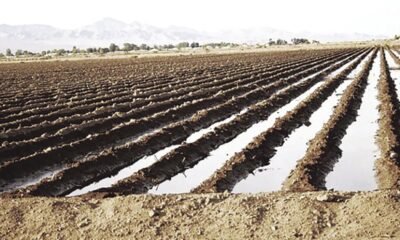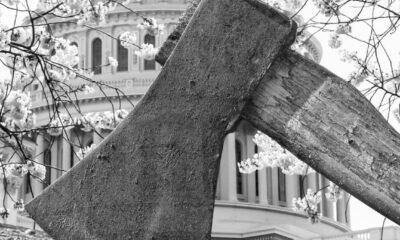border
Enviros Alarmed as San Pedro River Water Levels Plunge Below Court Mandates

Three out of four monitoring gauges indicate that water levels in the San Pedro River have fallen below the legally mandated levels, according to the Center for Biological Diversity. This concern arises following the recent addition of four gauges by Maricopa County Superior Court Judge Mark Brain to ensure adequate water flow to the San Pedro National Riparian Conservation Area in southeastern Arizona.
The Tucson-based environmental organization has long fought to protect this vital riparian habitat, raising alarms over excessive groundwater extraction by Fort Huachuca, a proposed large-scale housing development, and the impacts of cattle grazing along the riverbanks.
“These violations prove beyond any doubt that developers and the U.S. Army in Sierra Vista are stealing water specifically reserved for the San Pedro River,” stated Robin Silver, co-founder of the Center for Biological Diversity. He emphasized that local residents in Sierra Vista would bear the brunt of these water shortages, which threatens their property values.
Established in 1988, the conservation area managed by the Bureau of Land Management spans approximately 57,000 acres in Cochise County, about 65 miles southeast of Tucson. It encompasses 46 miles of the San Pedro and Babocomari rivers, representing critical habitats in the Southwest, such as cottonwood and willow forests.
This unique ecosystem supports over 400 bird species, numerous reptiles, amphibians, and roughly 80 mammal species, including ocelots and possibly northern jaguars. Environmentalists laud it as a significant biodiversity hotspot. In 1993, Life Magazine recognized the San Pedro as one of “America’s Last Great Places,” highlighting the importance of its preservation.
The region has faced increased scrutiny in recent years; last year it was classified as one of the country’s “most endangered” rivers due to groundwater pumping depleting previously flowing sections. The Center for Biological Diversity asserts that federal water rights were established to protect the river and its dependent species.
In a recent ruling, Judge Brain quantified these water rights and introduced additional safeguards. He also expanded the monitoring program, leading to a total of 13 gauges. Data from the United States Geological Survey reveals that eight of these currently show water levels under the required thresholds.
The Center highlighted that historic groundwater extraction of approximately 2 million acre-feet has outpaced mitigation efforts. Fort Huachuca, located 15 miles north of the U.S.-Mexico border, continues to expand, further straining available water resources.
The 9th Circuit Court of Appeals had previously determined that federal officials based their water-saving assessments on “hypothetical savings,” rather than concrete data. In a related development, the Center filed a lawsuit against Arizona Governor Katie Hobbs and the Arizona Department of Water Resources (ADWR), claiming negligence in protecting the San Pedro River.
The lawsuit contends that state officials have not conducted essential reviews to assess whether active management practices are needed to maintain sustainable groundwater supplies in the basin. It also accuses them of ignoring significant scientific evidence of groundwater threats.
Moreover, Arizona Attorney General Kris Mayes has initiated legal action against Fondemonte, a corporate megafarm, for engaging in unsustainable groundwater practices to cultivate alfalfa. In September, the San Pedro Alliance petitioned state officials to create an active management area to regulate groundwater consumption effectively.
Silver criticized Hobbs’ administration for permitting new home construction in the area, despite evidence suggesting that property values in Sierra Vista could decline due to the dwindling water supply. He warned, “There’s still time to save this vibrant ecosystem, but Arizona and the Army have to stop pretending there’s an endless supply of water.”

















